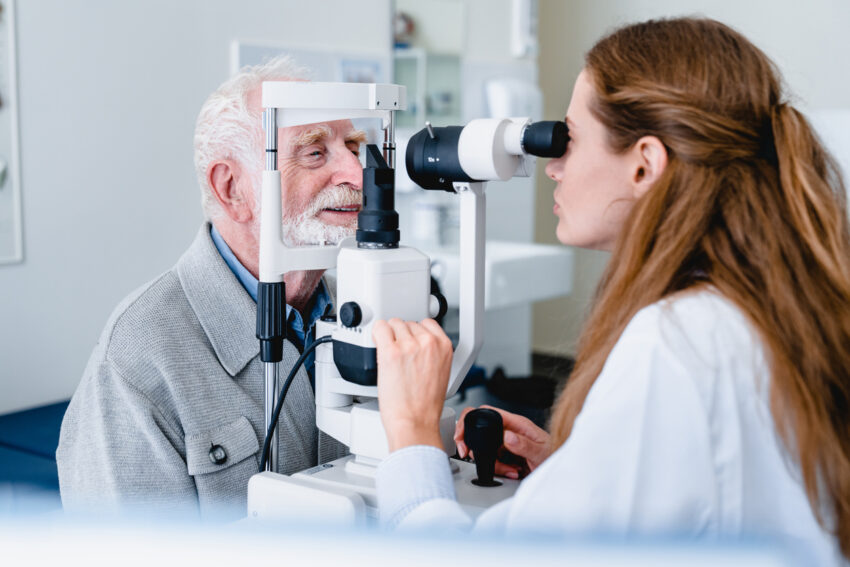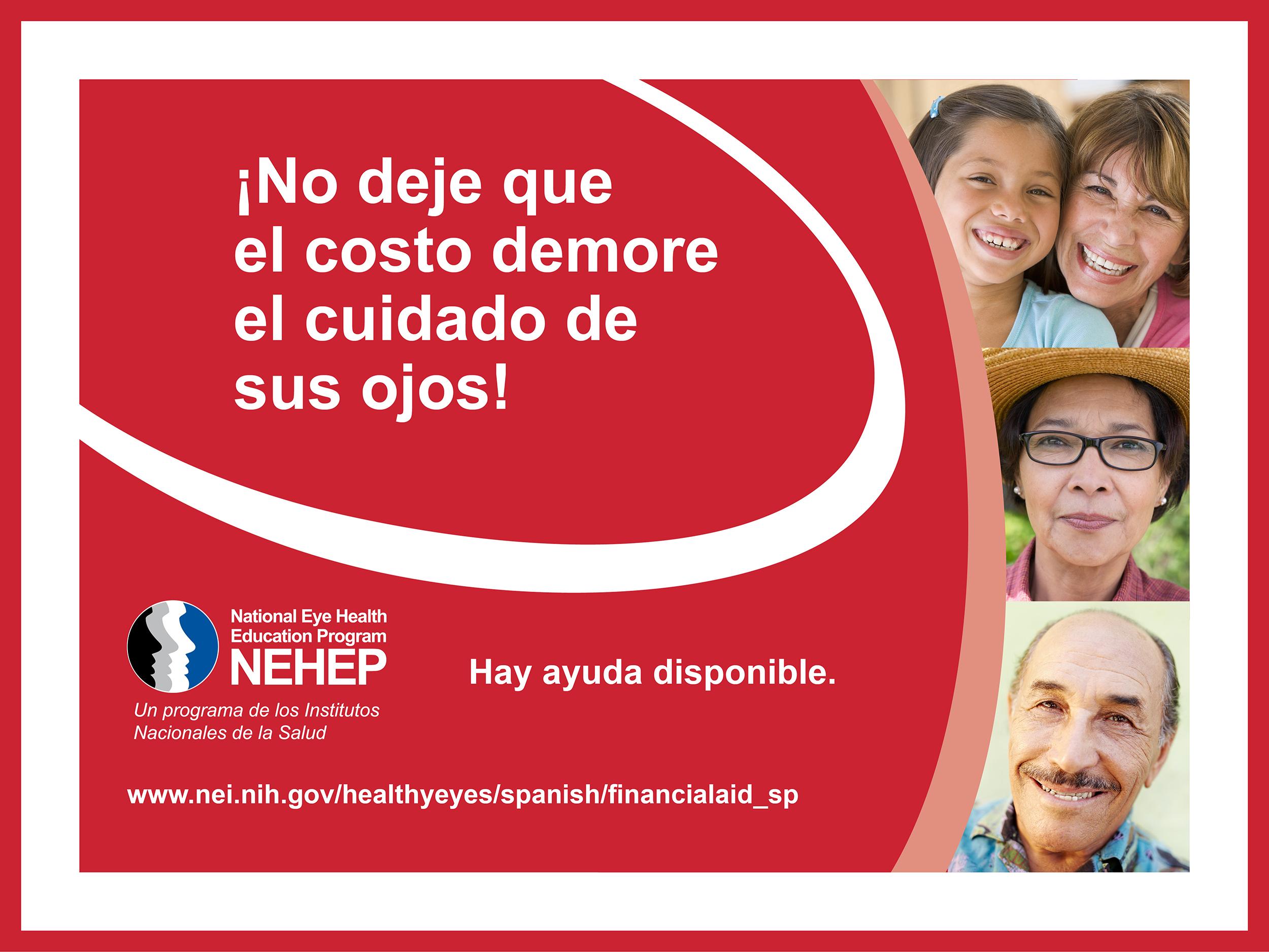
Share On Social!
Glaucoma is defined as a group of eye diseases that can cause vision loss and blindness by damaging a nerve in the back of your eye, called the optic nerve.
At first, glaucoma doesn’t usually have any symptoms.
“Over time, you may slowly lose vision, usually starting with your side (peripheral) vision — especially the part of your vision that’s closest to your nose. Because it happens so slowly, many people can’t tell that their vision is changing at first,” according to the National Eye Institute (NEI).
With the month of January recognized as Glaucoma Awareness Month, let’s explore helpful glaucoma-related resources that can help people protect their vision!
Types of Glaucoma
There are several types of glaucoma, with some being caused by other medical conditions.
When doctors don’t find another condition that causes it, it’s called primary glaucoma.
Types of primary glaucoma are:
- Open-angle glaucoma
- Normal-tension glaucoma
- Angle-closure glaucoma
- Congenital glaucoma
The most common type in the United States is open-angle glaucoma.
Secondary glaucoma is caused by other medical conditions. Types of glaucoma that are considered secondary include:
- Neovascular glaucoma
- Pigmentary glaucoma
- Exfoliation glaucoma
- Uveitic glaucoma
“Scientists aren’t sure what causes the most common types of glaucoma, but many people with glaucoma have high eye pressure — and treatments that lower eye pressure help to slow the disease,” according to the NEI.
Angle-closure glaucoma can cause these sudden symptoms:
- Intense eye pain
- Upset stomach (nausea)
- Red eye
- Blurry vision
If you or someone you know are experiencing these symptoms, go to your doctor or an emergency room as soon as possible.
Who is at Risk of Glaucoma?
While anyone can get glaucoma, some people are at higher risk.
The NEI highlights that those who are at higher risk:
- Are over age 60, especially if you’re Hispanic/Latino
- Are African American and over age 40
- Have a family history of glaucoma
U.S. Latinos struggle with many eye-health-related disparities.

They have high rates of developing vision loss, with a 5% rate of open-angle glaucoma — similar to the rate among African Americans, according to the Glaucoma Research Foundation.
“With Latinos comprising 19.1% of the US population and rising, half of people living with glaucoma will be Hispanic or Latino by 2050,” according to a Salud America! resource.
There are different types of treatments for glaucoma, including medicines, laser treatment, and surgery.
While treatment won’t undo any damage to one’s vision, it can stop it from getting worse.
This makes eye exams extremely important.
Yet Latinos also are less likely to have an eye exam, participate in daily physical activity, and have access to health and eye care, which impact their eye health, according to the CDC.
“Talk with your doctor about your risk for glaucoma, and ask how often you need to get checked. If you’re at higher risk, you need to get a comprehensive dilated eye exam every 1 to 2 years,” The NEI suggests.
Helpful Resources on Glaucoma
The NEI provides a multitude of glaucoma-related resources like videos and webinars about glaucoma and eye exams.
Bilingual articles and fact sheets are also available to view and share with others.
The NEI also has resources for community health educators and a guide that helps those with glaucoma to talk with their doctors and track symptoms (also in Spanish).
“This Glaucoma Awareness Month, join our National Eye Health Education Program (NEHEP) in encouraging everyone at higher risk for glaucoma to get a dilated eye exam,” according to the NEI.
The NEI also encourages others to promote healthy eye vision through spreading the word on social media and leading information sessions.
For more information on glaucoma and how you can share glaucoma-related resources during Glaucoma Awareness Month, visit the NEI website.
Learn More with the Health Equity Report Card
Ensuring that your eyes are healthy and taken care of ultimately impacts your overall health.
But what about the health of your community?
Explore Salud America!’s Health Equity Report Card by entering your county into the search bar, and get interactive maps and local data on a variety of health-related topics including health care, housing, transportation, and more.
Compare your results to other counties and states across the nation or share your results to start conversations about health disparities and advocate for change in your area.
“You can share your local Health Equity Report Card with decision-makers to build the case to address existing systemic inequities in your community so that everyone has a fair, just opportunity to live their healthiest lives possible,” said Dr. Amelie G. Ramirez, director of the Salud America! Latino health equity program at the Institute for Health Promotion Research in the Department of Population Health Sciences at UT Health San Antonio.
GET YOUR HEALTH EQUITY REPORT CARD!
Explore More:
Healthcare AccessBy The Numbers
142
Percent
Expected rise in Latino cancer cases in coming years



